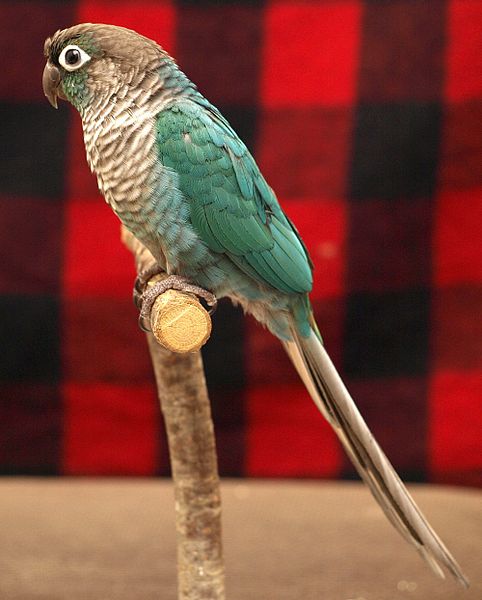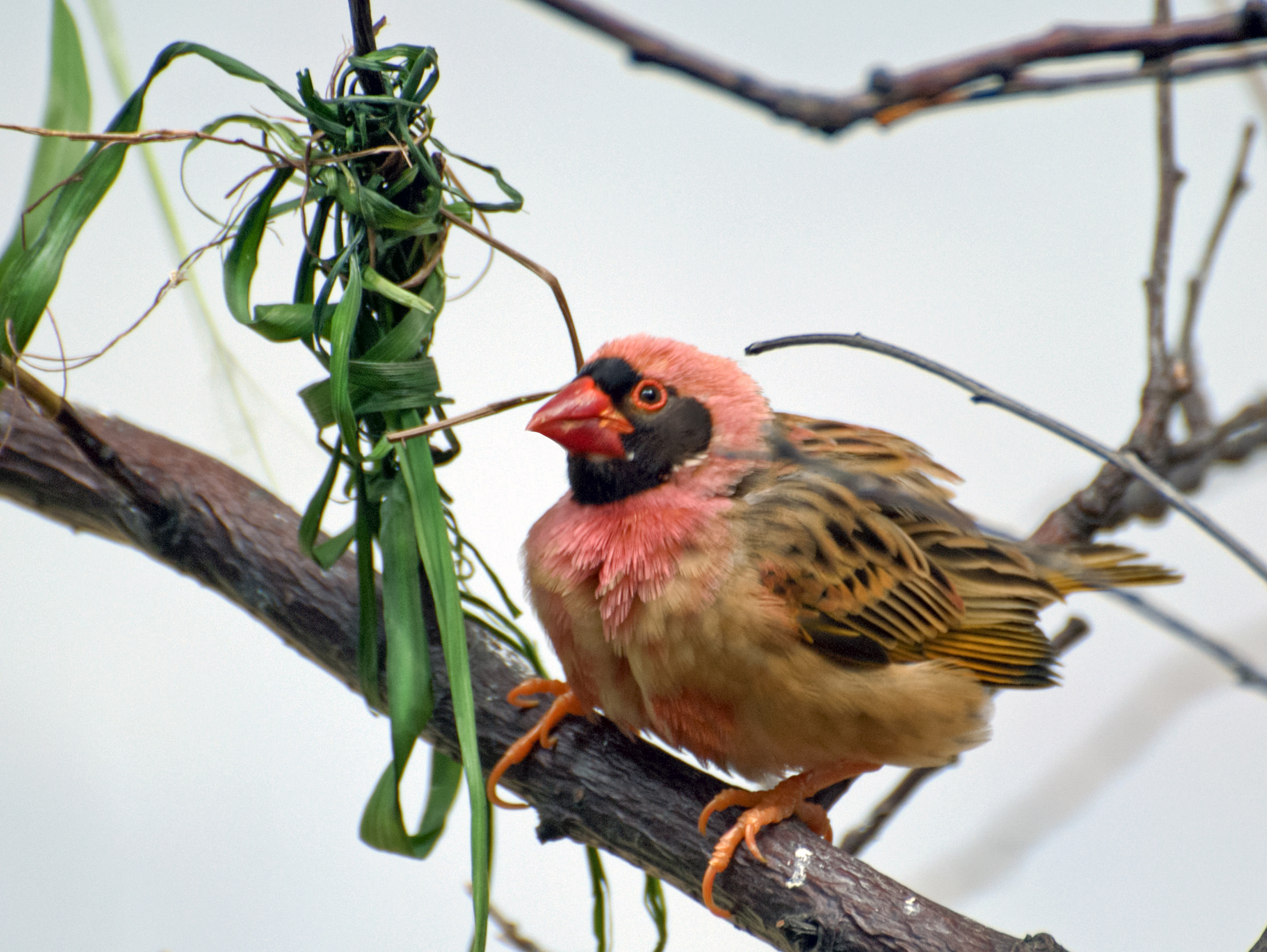 I recently attended a fascinating lecture on Island Bird Diversity at the American Museum of Natural History. Two Pygmy Parrot species – the Red-Breasted (Micropsitta bruijni) and the Finsch’s (M. finschii) – drew the speaker to the Solomon Islands. In reflecting back on the talk afterwards, I realized that, despite my interest, I had yet to observe a live Pygmy Parrot. They’ve never been in the collection of the Bronx Zoo, where I worked for over 20 years, and only rarely appear in museums. Further research turned up one interesting field report, but it seems that we still know very little about these smallest and, arguably, most unusual of all parrots.
I recently attended a fascinating lecture on Island Bird Diversity at the American Museum of Natural History. Two Pygmy Parrot species – the Red-Breasted (Micropsitta bruijni) and the Finsch’s (M. finschii) – drew the speaker to the Solomon Islands. In reflecting back on the talk afterwards, I realized that, despite my interest, I had yet to observe a live Pygmy Parrot. They’ve never been in the collection of the Bronx Zoo, where I worked for over 20 years, and only rarely appear in museums. Further research turned up one interesting field report, but it seems that we still know very little about these smallest and, arguably, most unusual of all parrots.
The World’s Smallest Parrots
Six species of Pygmy Parrots inhabit New Guinea, the Solomons and neighboring islands. They look, in most respects, like other parrots – but barely exceed a human thumb in size! At 3.5 inches in length, the Buff-Faced Pygmy parrot (M. pusio) is the smallest Psittacine; its relatives are not much bigger. Please see the video below…it is hard to believe they are real! Read More »
 That Bird Blog – Bird Care and History for Pet Birds
That Bird Blog – Bird Care and History for Pet Birds




